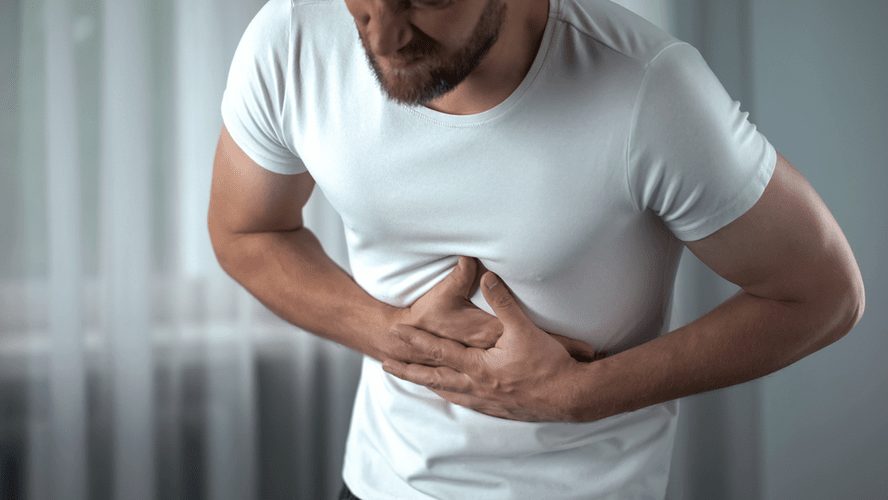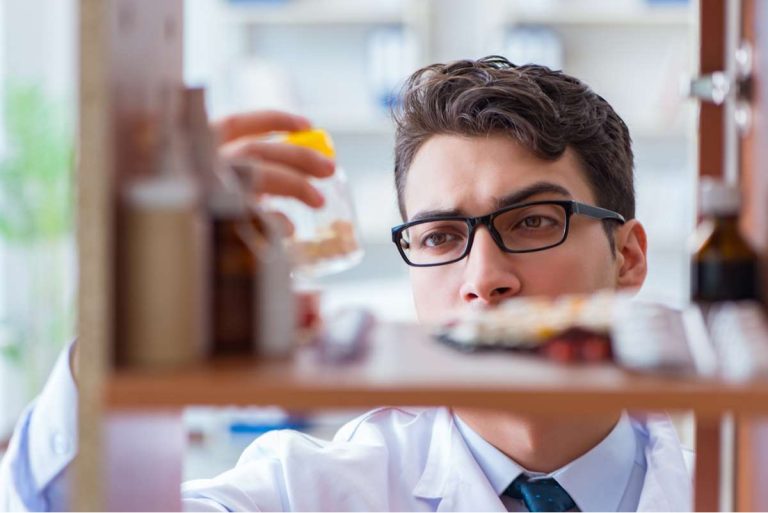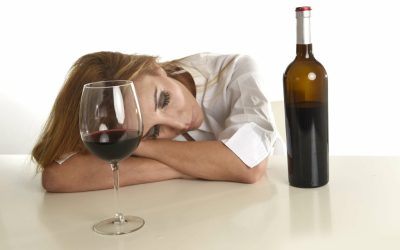Self-care is an essential part of life in recovery, as it contributes to your overall well-being. It will also help you maintain a sense of balance in your life. Self-care practices vary greatly and can be anything from practicing meditation daily to prioritizing the things you enjoy like art or dancing. If you’re struggling to come up with ways to practice self-care on a daily basis, here are nine great ways to practice self-care while you’re enrolled in sober living.
- Support from family, friends, or peers can help individuals stay motivated and feel supported in their struggles.
- Living a healthy life is improve your mood and helps you live a stress-free life.
- When in recovery, the most important thing to understand is that everyone’s process of recovering is different from another.
Research and clinical experience have identified a number of factors that promote recovery. Another is reorienting the brain circuitry of desire—finding or rediscovering a passion or pursuit that gives meaning to life and furnishes personal goals that are capable of supplanting the desire for drugs. A third is establishing and maintaining https://ecosoberhouse.com/ a strong sense of connection to others; support helps people stay on track, and it helps retune the neural circuits of desire and goal-pursuit. Learning new coping skills for dealing with unpleasant feelings is another pillar of recovery. Recovery from substance abuse and addiction treatment is a life-changing experience.
How To Help Someone with Addiction
Also, using coffee as a vehicle to intake excess fat, sugar, and calories by filling your coffee with cream and sugar is not a healthy practice. Getting your work and money back on track is important for stability in recovery. Complete the form and a treatment advisor will contact you at the number provided.

Many sober individuals can find it difficult to explain to someone about their previous drug abuse experience. The best strategy is being honest when asked and confirming that the recovery is complete. As long as the prospective employer does not introduce new policies targeting you for your past drug use, you will have done everything in your power to start your post-addiction life on the right foot. Your job counselor will assist you in this effort but the definitive decision on what to share and not to disclose is ethically and legally yours. Clarifying your plans before you start work will put you in charge – not only in interviews but in your personal life after addiction as well. Recovery from addiction is not a linear process, and increasingly, relapse is seen as an opportunity for learning.
Living in Recovery: What Works?
And, there are people who recover with the help of doctors, including psychiatrists or psychologists, and with the support of their families. In fact, some people recover from addiction spontaneously, without any special medical treatment or stay in rehab. At some point, they realize that they have had enough, and they are ready to live life differently. The healthy routines you build will also help you stay on track in your recovery journey.

When you’re caught up with addiction, it becomes your purpose in life. You spend most of your time getting high or thinking about how you’ll get high. Addiction is never easy, but life after addiction can be just as difficult.
Build a Strong Support Network
Then, in one year, you will likely transition out of rehab, confident and assured with a fresh, new mindset. Healing after long-term drug addiction can feel like entering a whole new world. Admitting you need help and joining a recovery program, but maintaining sobriety and starting a new life requires real strength and determination. If you’re considering rehab, there are far more reasons to go to rehab than there are valid reasons to not seek treatment. Keep reading to learn why people go to rehab, the benefits that treatment programs can offer you or your loved one, and how to decide when to go to rehab.
Engage in new hobbies and activities – When you were using, all of your other priorities (sports, education, friends, hobbies) were put on the backburner. You spent your time seeking, obtaining, using, and recovering from the drug. This is often the biggest challenge of the recovery process – occupying your time so that you do not fall back on the activity you know all too well. In the right drug treatment program, you will learn to replace your drug-using habits with healthy, engaging, and sober activities. At Turnbridge, we have team sports leagues, group outings, and other recreational programs that help our clients do just this.
Uncover the Roots of Addiction and Break the Cycle
As long as you do not pick up a drug, and you keep working towards your goals, you will get better and better at achieving more in life than you ever imagined. Chances are, you’d be surprised to see the difference sleeping for eight hours every night can make. It can help convert into a far better mood, higher energy levels, sharper mental alertness, better health, and more. Substance addiction rebuilding your life after addiction has left a giant hole in your life, and now is the time for you to fill that hole with something productive, engaging, and fun. Finding new hobbies is easy; try by volunteering, pursuing further education, or other positive and fulfilling hobbies to keep new life on the right path. Career counselors, job coaches, and support groups can provide guidance and resources for managing work and money.





